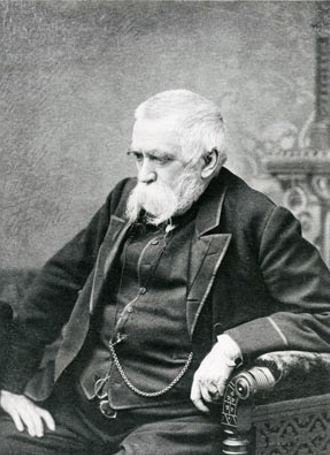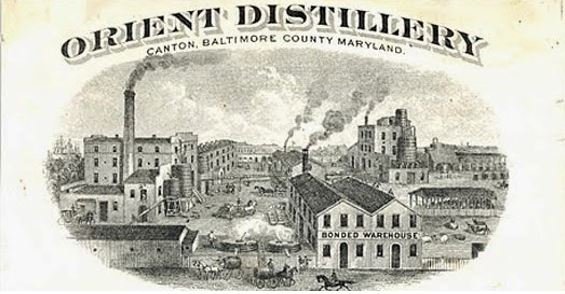William & Edwin Walters
Edwin B. Walters
Orient Distillery
1834 - 1897
The Walters Brothers: From Whiskey to Art and Back Again
Do you have time to explore the lives of two fascinating whiskey brothers, William and Edwin Walters, who not only shaped Baltimore's whiskey scene but left behind a cultural legacy?
The Beginning: From Pennsylvania to Baltimore
William Thompson Walters was born in 1819 in Liverpool, Pennsylvania, and was the eldest of eight children. Edwin was 14 years his junior. Growing up in a small mining town, their chances for success seemed slim. But William had a vision. By the time he was 21, he had moved to Baltimore, a city bustling with opportunity, where he worked as a civil engineer and in the grain trade. Before long, William shifted his focus to selling whiskey, and in 1847, he opened his own liquor company.
His younger brother Edwin joined him in the business, learning the ropes from William. By the mid-19th century, their company was thriving, operating out of an impressive five-story building in Baltimore. They specialized in rectifying whiskey (blending and compounding spirits to create high-quality products). Their skill in this "art" of whiskey-making produced popular brands like Imperial Monongahela Rye and Superior Old Monongahela Rye.
The Civil War and a Shift to Art
The Civil War proved difficult for William, and due to divided loyalties in Maryland, he moved his family to Europe in 1861. While abroad, he began collecting art, a passion that would later define his legacy. Meanwhile, Edwin stayed behind, managing the business and ensuring its continued success.
After the war, William returned to Baltimore and resumed company management. However, his interests were drifting toward railroads, iron, and, of course, art. In 1882, William dissolved the liquor company to focus on his other interests. In all of this, William solidified his reputation as one of Baltimore's leading entrepreneurs. Further, his art collection would later form the foundation of the Walters Art Museum, a gift to the city that continues to inspire visitors today.
Edwin Walters and Orient Distilling
While William moved away from whiskey, Edwin struck out on his own in 1870, founding the Edwin Walters Company. He didn't just blend whiskey—he decided to distill it himself. Edwin purchased the Canton Distillery in Baltimore and renamed it Orient Distilling. Located in the city's Canton neighborhood, the distillery boasted its own dock, allowing for easy transport of whiskey barrels to markets as far as San Francisco.
Orient Distilling produced popular brands like Baker's, Mountain Pure Rye, and the flagship Orient Rye.
When William passed away in 1894, he was much better known for his achievements in railroads and art, with few remembering his liquor empire. By then, Edwin had firmly established his own reputation in the whiskey world. But like many distilleries of the era, Orient Distilling couldn't survive Prohibition.
However, the Walters' legacy lives on in Baltimore. The Walters Art Museum, founded by William's son Henry, houses over 22,000 works of art. Meanwhile, whiskey enthusiasts can still raise a glass to Edwin, who turned Orient Distilling into a national name.
Cheers to the Walters Brothers
Admiring a painting at the Walters Art Museum or savoring a fine rye, you're experiencing the legacy of two brothers who turned their passions into something extraordinary. Here's to William and Edwin—masters of both whiskey and art. Cheers!
Contributed by: Mike and Carolyn Koratich, Hagerstown, Maryland
William Thompson Walters
W.T. Walters & Company
1819 – 1894






